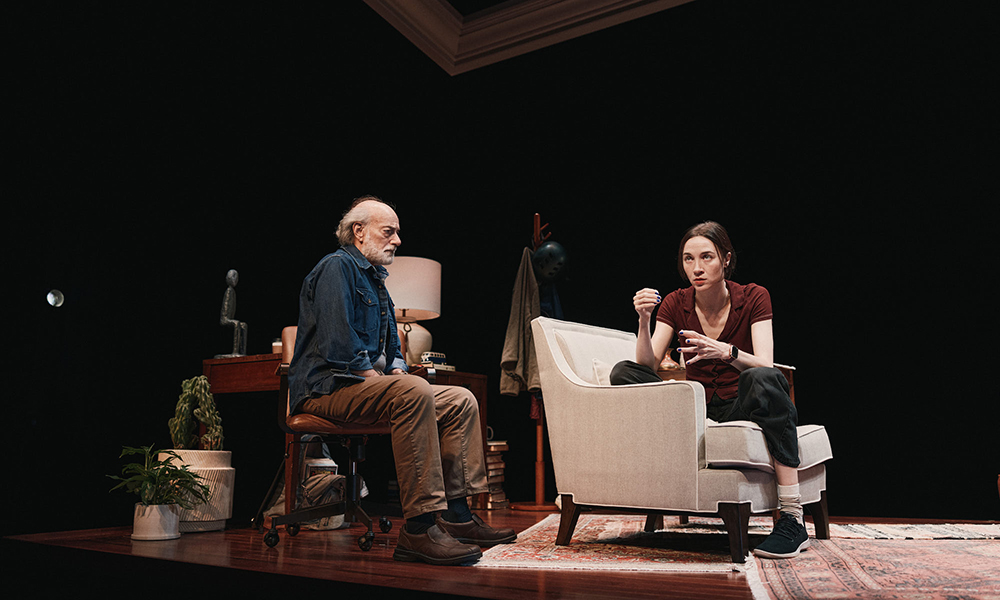HISTORICAL ROW: WESLEYAN AND WORLD WAR I

In 1914, The Great War—known later as World War I—broke out in Europe. As United States entry seemed imminent, the Wesleyan faculty approved the formation of a Reserve Officer Training Corps in December 1916. After the U.S. Congress declared war on Germany on April 6, 1917—100 years ago this year—375 students enrolled in military training. Wesleyan became a war campus.
Wesleyan joined with 525 other colleges and introduced the Student Army Training Corps (SATC) in September 1918. Created by the U.S. War Department, the SATC provided students with college and military education. Two hundred seventy students out of a student body of 409 were inducted. They were divided into different branches of service: infantry, artillery, and machine gun; aviation; quartermaster corps; chemical war service; and premedical. Courses included Military and Scientific German, Surveying and Map Drawing, War Issues, Hygiene and Sanitation, and Military Law, among others.
During the 19 months that America was at war, college life at Wesleyan “took on a belligerent aspect,” as Carl F. Price, Class of 1902, observed later. “Minor sports, dramatics, dances, were dropped. The students were in army uniform, rose early in the morning to drill, were allowed no cuts from classes. A trench seamed part of the back of campus, and armed guards challenged all comers.” Dormitories became barracks. A mess hall that served 500 was built on Wyllys Avenue. During the fall of 1918, The Wesleyan Argus published only two issues, one at the beginning of the semester and one at the end. Wesleyan’s war commencements in 1917 and 1918 emphasized patriotism, but to smaller crowds. Many degrees were given in absentia.
Some 1,200 Wesleyan faculty, staff, students, and alumni provided military or civilian service. Lieut. Wilmer E. Herr, Class of 1915, became Wesleyan’s first casualty on April 8, 1918. In all, 26 students and alumni died.
With the signing of the armistice on November 11, 1918, it was over. Middletown held a huge celebration that night, with Wesleyan’s SATC unit marching second in the parade. The campus returned to its pre-war concerns. The ROTC vanished, barracks became dorms, the mess hall was demolished, the trench was filled in, and students danced again.


